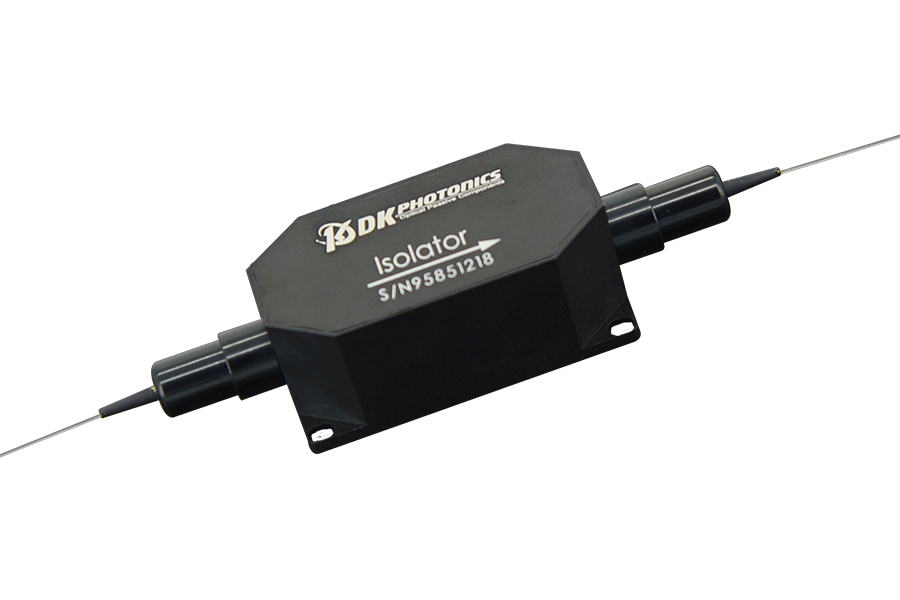Fiber optical isolators are passive components used in fiber-optic communications. The objective of an optical isolator, as a magneto-optic device, is to allow light to be transmitted in just one direction.
That helps avoid undesired feedback from damaging the laser source or causing unanticipated laser issues. As a result, a Polarization Maintaining Optical Isolator is a valuable and necessary device for reducing these effects.
Here we will explore the design, working principles, and classifications of fiber optic isolators
Optical Isolator Construction
An input polarizer, a Faraday rotator with a magnet, and an output polarizer are the three primary components of a fiber optic isolator.
Light can only pass through the input polarizer of the Faraday Rotator if it is linearly polarized. The Faraday rotator’s job is to rotate the input light by a predetermined angle before it reaches the output polarizer. That allows light to travel through unhindered in the forward direction.
An optical isolator will prevent light traveling in the opposite direction from passing through it, causing it to be reflected or absorbed.
These three components of an optical isolator work together to ensure that light signals are transmitted appropriately.
Working of Optical Isolator
A Faraday rotator, an i/p polarizer, and an o/p polarizer are the three primary components of an optical isolator.
The direction of rotation is determined by the magnetic field rather than the direction of light transmission.
There are two different sorts of operation modes available. The forward mode is one, and the backward mode is the other.
Light can enter the input polarizer and become linearly polarized in the forward mode. The Faraday rotator rod will rotate by 45° when laser light reaches it. As a result, the light leaves the output polarizer with a 45° polarization.
On the other hand, the light enters the output polarizer with a 45° polarization in the backward mode. It is then rotated for another 45 degrees in the same direction as it goes through the Faraday rotator.
The 90° polarized light then gets vertical to the input polarizer and is unable to leave the isolator. Thus, the light will either be reflected or absorbed.
Optical Isolator Types
1. Polarized Optical Isolator
The polarization axis is used in a polarized optical isolator to keep light flowing in one direction. It permits light to move freely forward but prevents any light from returning.
2. Composite Optical Isolator
It is utilized in the EDFA optical amplifier, which includes erbium-doped fiber, wavelength-division multiplexer, pumping diode laser, and other components. Because the EDFA module contains several other components, this isolator is referred to as a composite optical isolator.
3. Magnetic Optical Isolator
This is essentially a polarized optical isolator. It puts a strain on the magnetic component of a Faraday rotator.
The Faraday rotator is a rod constructed of a magnetic crystal that rotates in a strong magnetic field to produce the Faraday effect.
Conclusion
By removing unwanted lights, the fiber optic isolator ensures the reliable operation of the laser transmitter and amplifiers. It also ensures that light transmission is improved. Polarization Maintaining Optical Isolator can be an excellent solution for your network.


Leave A Comment